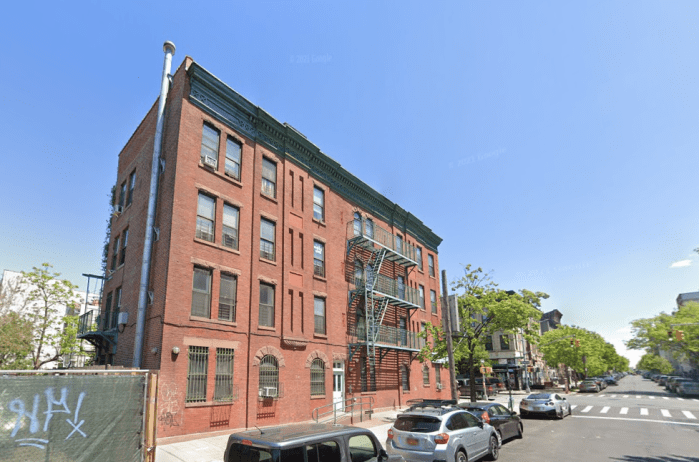BY YUKI COURTLAND AND PAUL STEELY WHITE | In times of crisis when there are disruptions to the city’s transit system, New Yorkers take to bicycles. Transportation Alternatives has seen it time and again.
A whole generation of residents started riding during the oil crisis of the 1970s, while other clusters of new cyclists have emerging during transit strikes, hurricanes and blackouts. But while many of those commuters hopped on their bikes reluctantly at first, many stuck with it once they discovered that cycling is not only a convenient, environmentally friendly and fun form of transportation, but also a healthy one.

Two recent studies published by the American Heart Association demonstrate this. Researchers found cycle commuting has major health benefits: Adults who commuted with their bikes were 11 percent to 18 percent less likely to develop coronary heart disease. The study also determined that biking significantly reduces weight, high blood pressure, high triglycerides and risk of diabetes.
It is in light of this study, the American Heart Association and Transportation Alternatives are urging the Mayor’s Office to prioritize bike commuting during the upcoming L Train shutdown, which is coming in less than 800 days. The crisis that some refer to as the “L-Pocalypse” will suspend subway service along 14th St. and between Manhattan and Williamsburg for at least a year and a half, so crews can repair damage that the L train’s East River tunnel sustained during Superstorm Sandy.
Like previous transit crises, the L train shutdown could be a major moment to encourage New Yorkers to bike to work, instead of scrambling for other subway connections or sitting passively in a bus or car while trapped in gridlock on the Williamsburg Bridge. With 250,000 people who now rely on the L train each day looking for new ways to get to where they are going, biking is sure to be an appealing solution for many.
But in order to accommodate a growing number of cyclists and make their commutes safe, the city needs to start investing in protected bike infrastructure now. That’s why the American Heart Association endorses Transportation Alternatives’ proposals to create “PeopleWay” corridors on Manhattan’s 14th St. and Brooklyn’s Grand St., to prioritize buses, biking and walking with dedicated bus lanes, protected bike lanes and better pedestrian amenities.
To accommodate all those stranded commuters by relying on cars, we’d have to knock down whole neighborhoods to build more than 50 lanes on 14th St.
To avoid “L-mageddon,” the city needs to turn this crisis into an opportunity and take bold action to rethink the 14th St. corridor — and streets leading to and from the Williamsburg Bridge, including Delancey and Essex Sts. Transportation Alternatives says a PeopleWay on 14th St. could double the corridor’s capacity to move commuters, during the L Train shutdown — and beyond, serving as a model for efficient, sustainable transportation corridors to keep New York City moving in the 21st century.
Turning 14th St. into a PeopleWay for biking, walking and buses is a transit, quality-of-life and public health solution all rolled into one.
Courtland is chairperson, American Heart Association Advocacy Committee in New York City; White is executive director, Transportation Alternatives


















